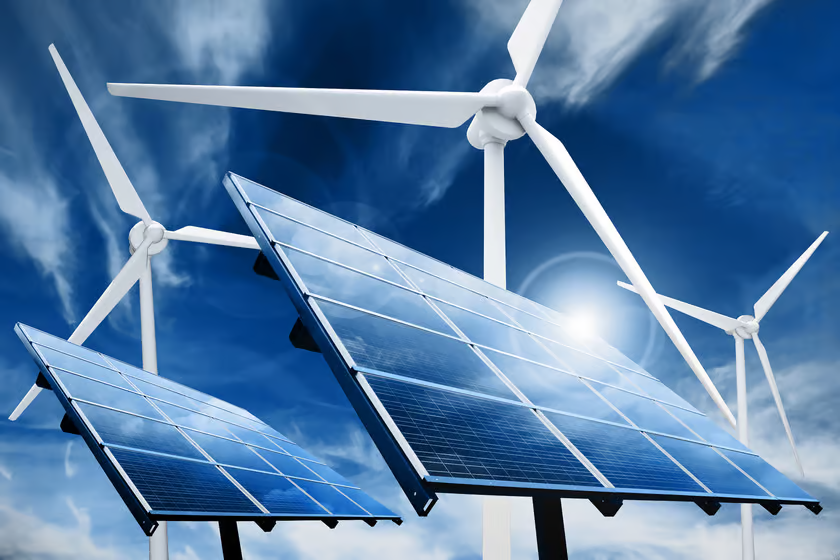In Short : India is set to prioritize battery storage as a key component for achieving its net-zero goal, according to RK Singh. This indicates a strategic focus on energy storage solutions to support the transition to renewable energy and enhance grid resilience in the pursuit of sustainability.
In Detail : India’s Minister for Power and New & Renewable Energy — RK Singh — in an conversation with CNBC-TV18 termed reduction in carbon emissions as the end objective in combating global warming. His statement comes as he describes the carbon reduction target as the major takeaway from the recently concluded COP-28 meeting in the UAE.
The Minister sounding confident pointed out that the country will be ahead of the curve if it achieves its pledge to cut 45% emissions by 2030. The global COP-28 targets remain reduction by 43% carbon emissions by 2030 and 60% emissions by 2040.
Singh also hit out at criticism of India’s thermal capacity addition.
The former IAS officer said developed countries are gobbling up all carbon space, thus leaving little scope for developing countries. Developed countries have occupied 80% of carbon space historically from pre-industrial levels, he argued. Singh added that their rate of carbon emissions is still 70% of the world’s current emissions.
Singh added that the developed countries can’t question India’s per capita emissions which are one-third of the global average. The South Asian country makes only 4% contribution to global carbon emissions despite being 17% of the global population.
The Union Power Minister also questioned the lack of action by developed countries in the field of battery storage capacity. He made it clear that the goal of net zero emissions can’t be achieved without round the clock renewable energy, which isn’t possible by relying only on solar or wind energy.
He stated that the manufacturing capacity for battery storage was just 7-10 GW. India later started working on this neglected domain and announced Viability Gap Funding (VGF). Singh welcomed the challenge to add more capacity as he attributed the 9% growth in power demand to India’s economic growth. He highlighted growth in peak power demand in recent years as an example, which has increased from 136 GW in 2014 to 243 GW in 2023.

